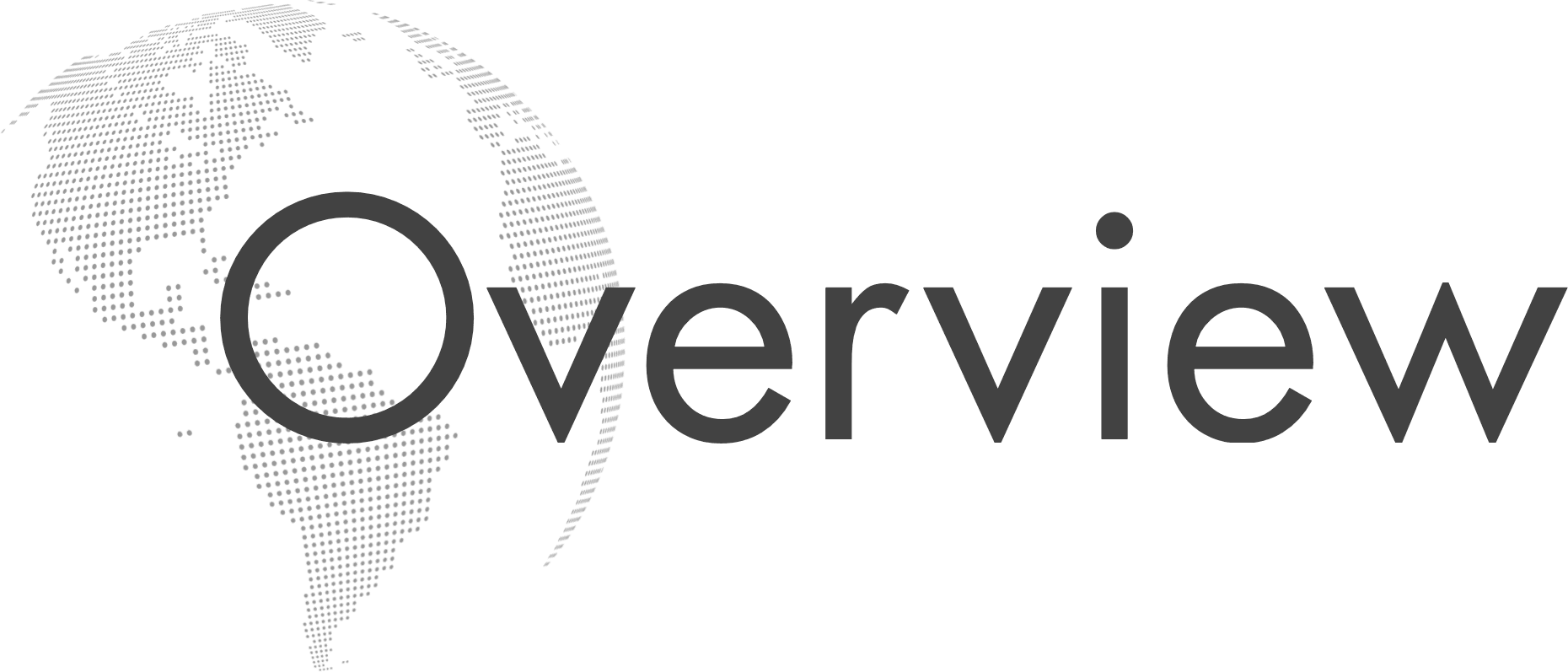US President Donald Trump announced a 30 percent tariff on the European Union and Mexico effective August 1. Trump revealed the new rates in letters to European Commission President Ursula von der Leyen and Mexican President Claudia Scheinbaum, which he posted on his social media account Truth Social.
In the letters, he warned that if either country tried to retaliate with tariffs, the United States would respond by increasing U.S. tariffs. As in previous letters sent recently, Trump said that both the EU and Mexico would avoid the tariffs if they chose to build or manufacture their products in the United States.
The letter to the EU also appears to include something of an order for Europe to remove its tariffs, which is an obvious condition for any future deal.
"The European Union will allow full, open access to the United States market, without charging us tariffs, in an effort to reduce the large trade deficit," Trump wrote in it, Axios reported.
He added that this tariff rate could increase further if the European Union decides to take retaliatory measures, saying that the 30% level is"far less than what is needed to eliminate the trade deficit imbalance."
Earlier this week, Trump issued new tariff announcements for a number of countries, including Japan, South Korea, Canada and Brazil, as well as a 50% tariff on copper.
The EU was hoping for at least a preliminary agreement that would prevent the union from becoming the next recipient of a letter from Trump imposing a new, comprehensive tariff on European exports to the US, notes CNBC.
At this stage, the European Union has been unable to secure such an agreement, although both sides recently signaled progress in their negotiations after Trump withdrew his threat to impose 50% tariffs on the single bloc.
Trump sent similar letters to 23 other U.S. trading partners this week, including Canada, Japan and Brazil, setting overall tariff rates ranging from 20% to 50%.
The letters mostly outline the new tariff levels as a necessary part of the Trump administration's efforts to quickly establish a"more reciprocal" global trading environment.
Donald Trump attempted to do this in one fell swoop with the “Liberation Day” tariff announcement on April 2, when he imposed a global minimum tariff of 10% and higher tariff rates on imports from nearly 60 separate countries.
The announcement sparked days of feverish selling in global markets. A week later, Trump put a 90-day pause on almost all higher tariffs.
His trade officials have suggested the US could sign as many as 90 new trade deals during that time. But by the time the pause was due to expire on Wednesday (July 8), the administration had only approved preliminary agreements with the UK and Vietnam.
On Monday, however, Trump extended that tariff pause until August 1. The tariff rates he set in his latest series of letters are scheduled to take effect that same day.
On Thursday, Trump told NBC News that he planned to increase his base global tariff rate to 20%.
"We're just going to say that all the other countries will pay, whether it's 20% or 15%. We'll discuss it now," Trump said at the time.

